artes / artworks
Monumento al tornillo desconocido
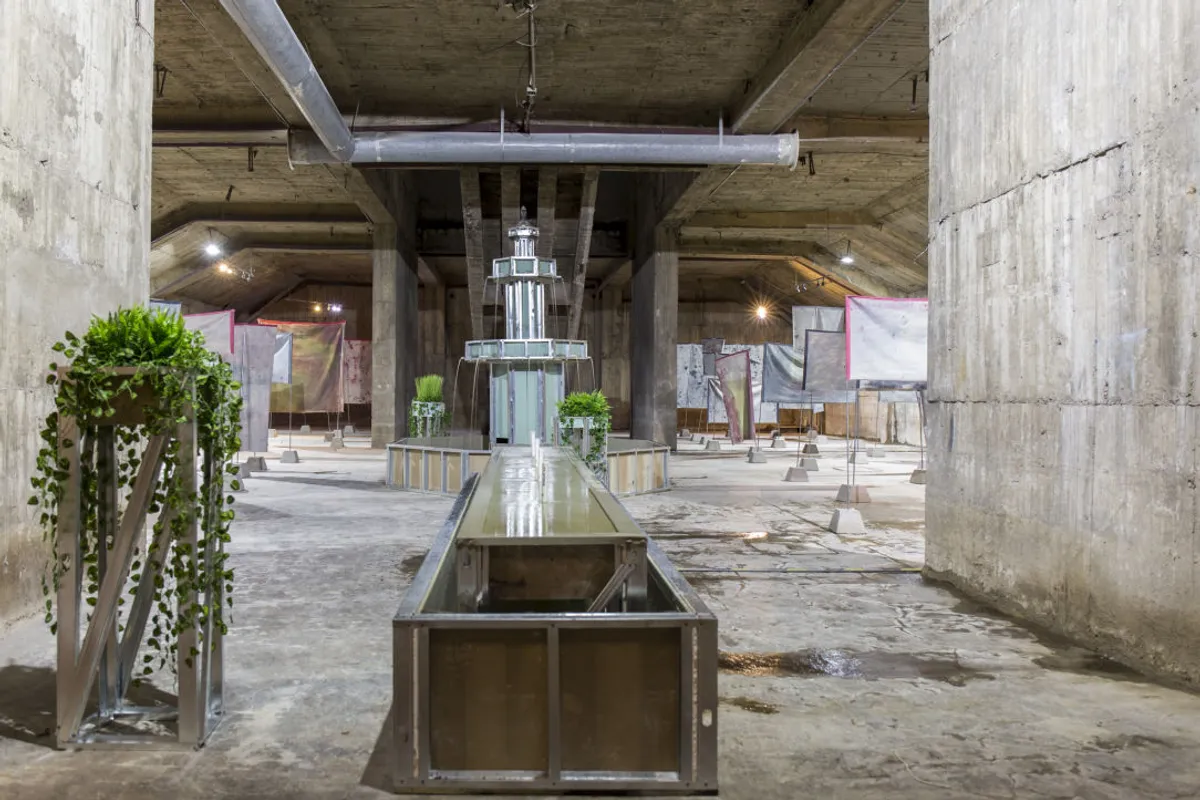
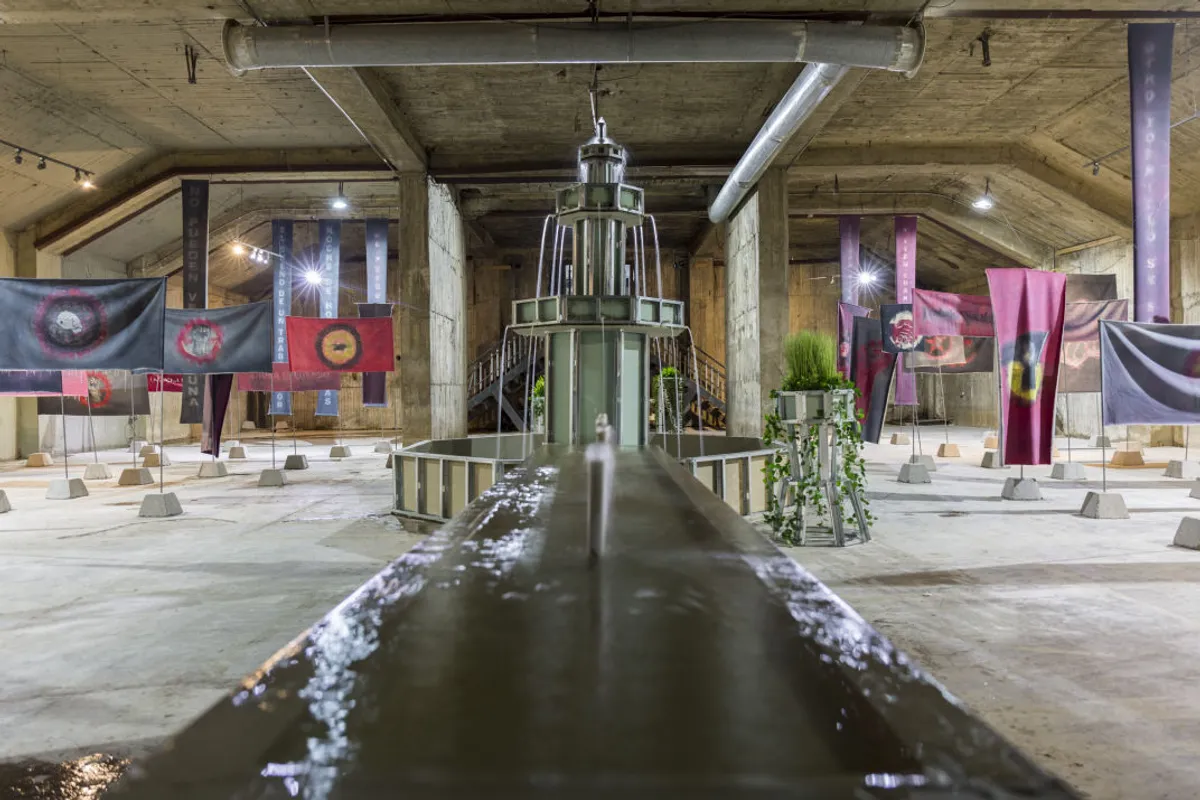
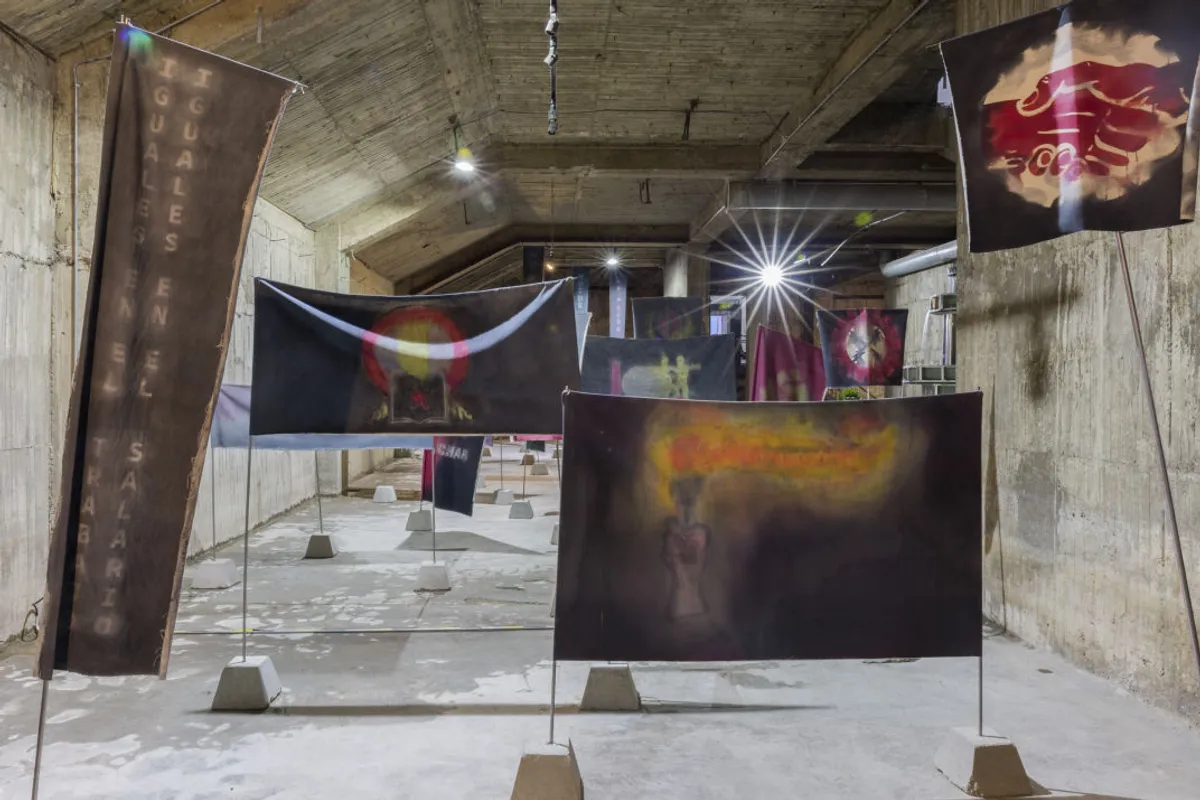

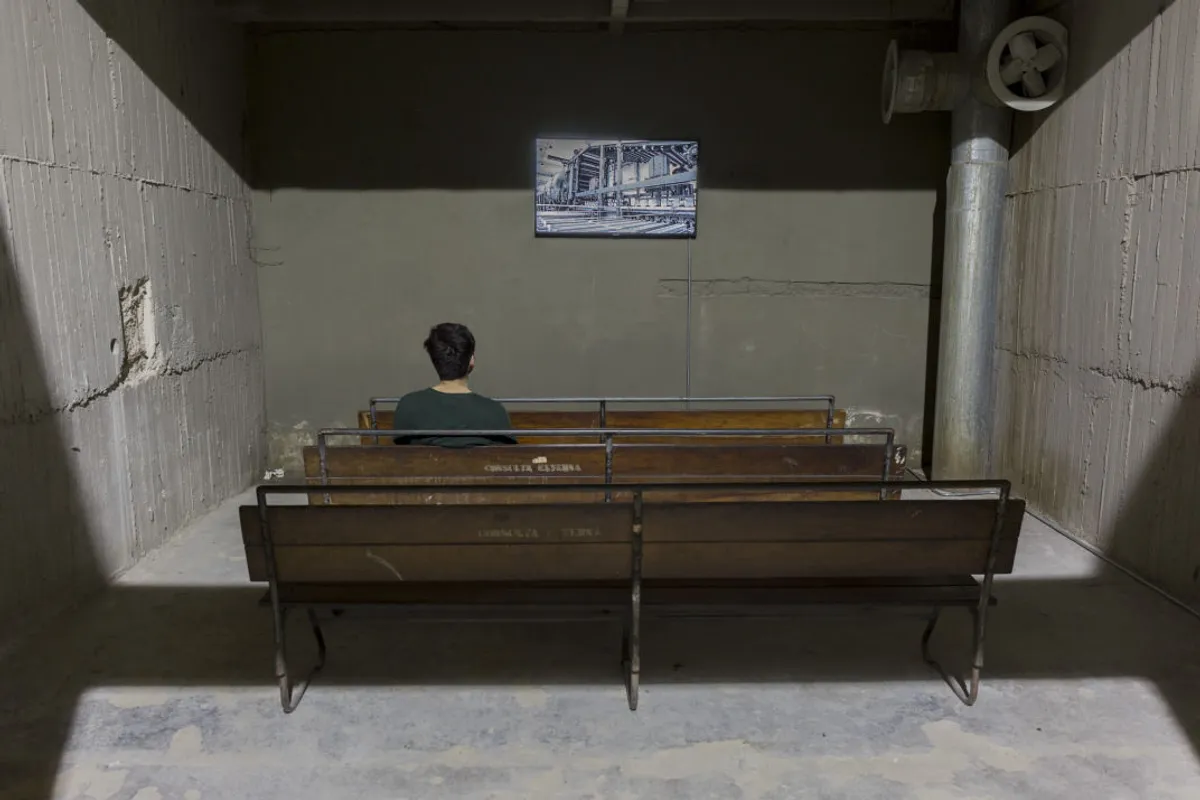
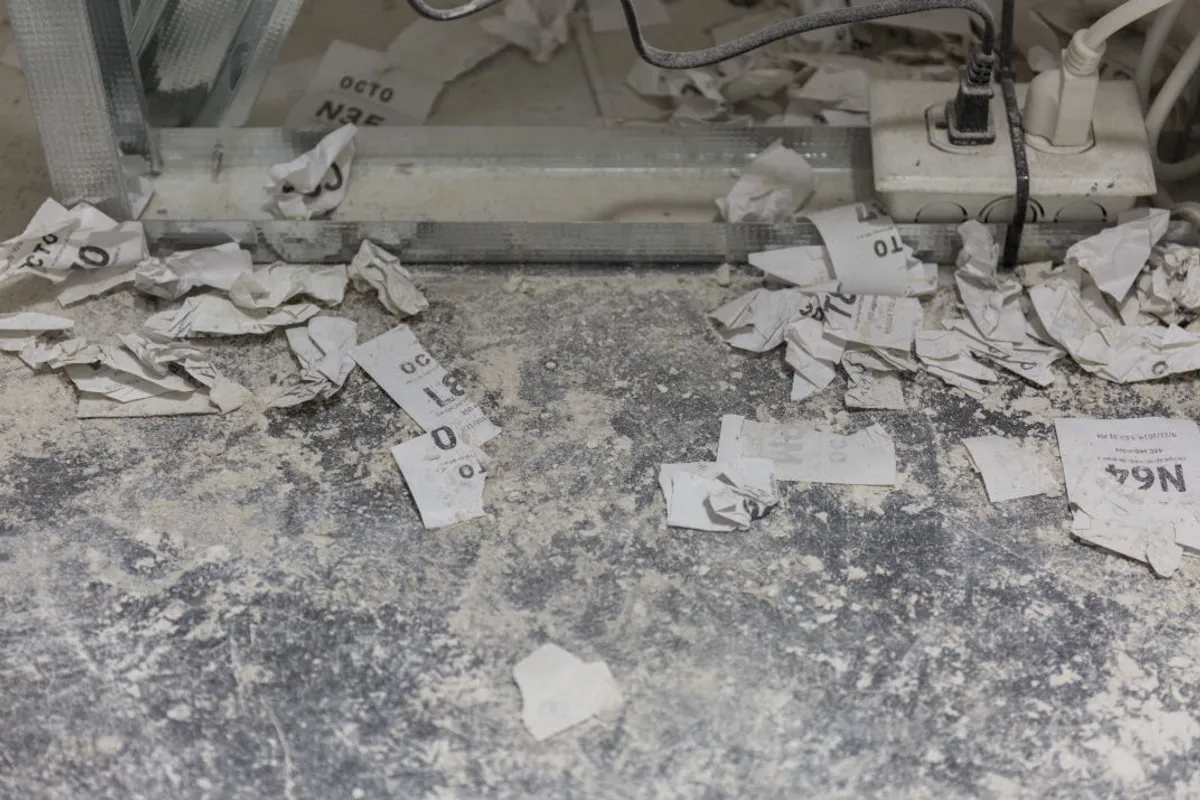
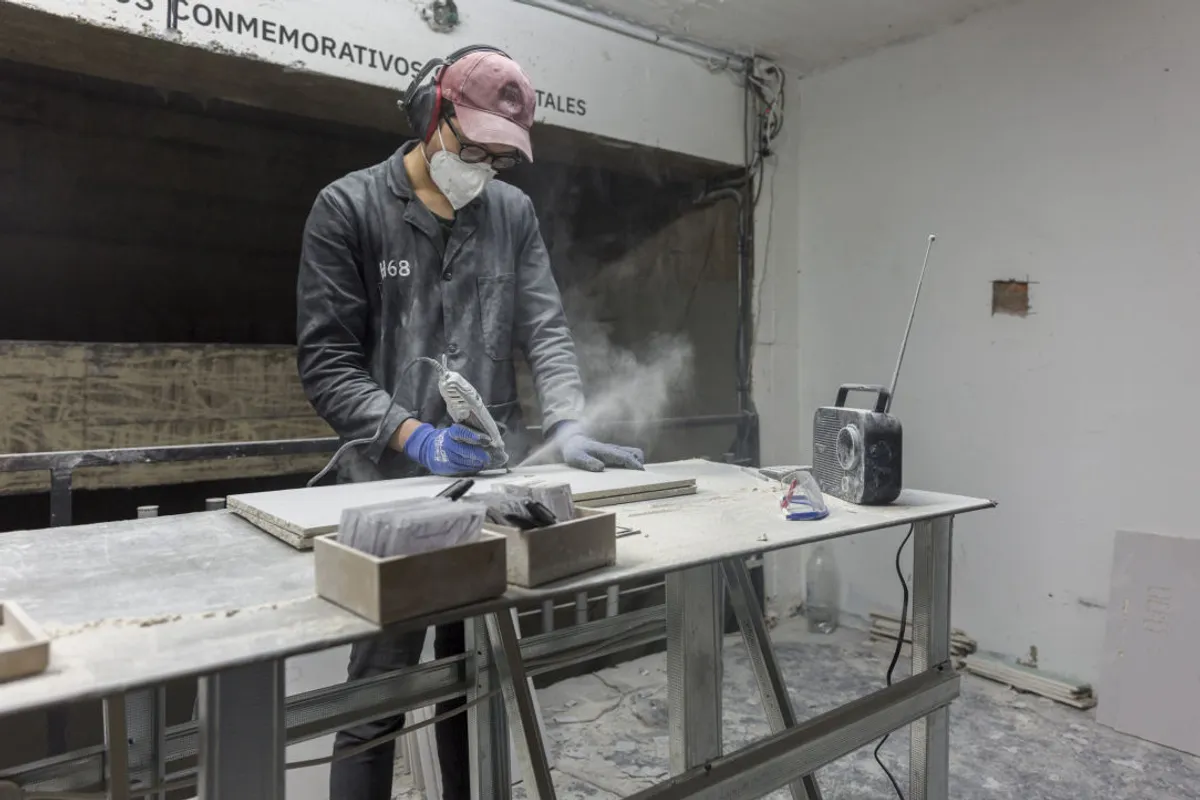
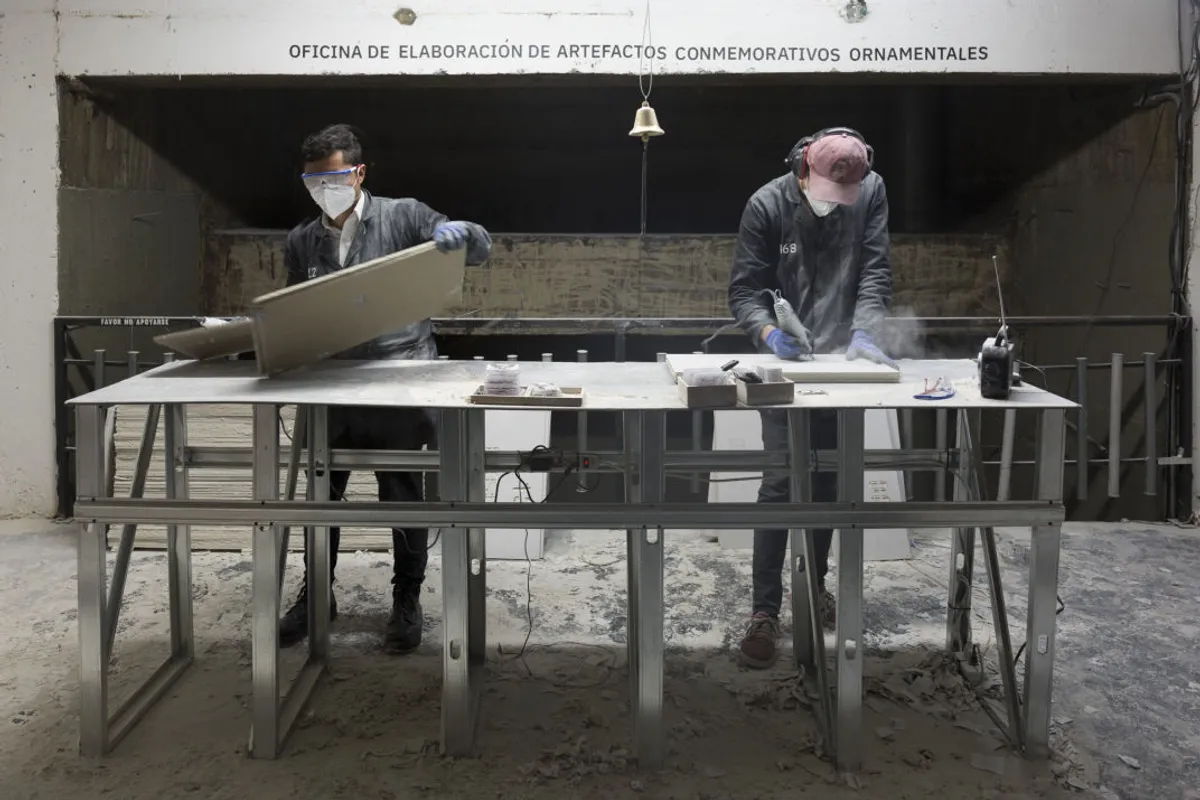
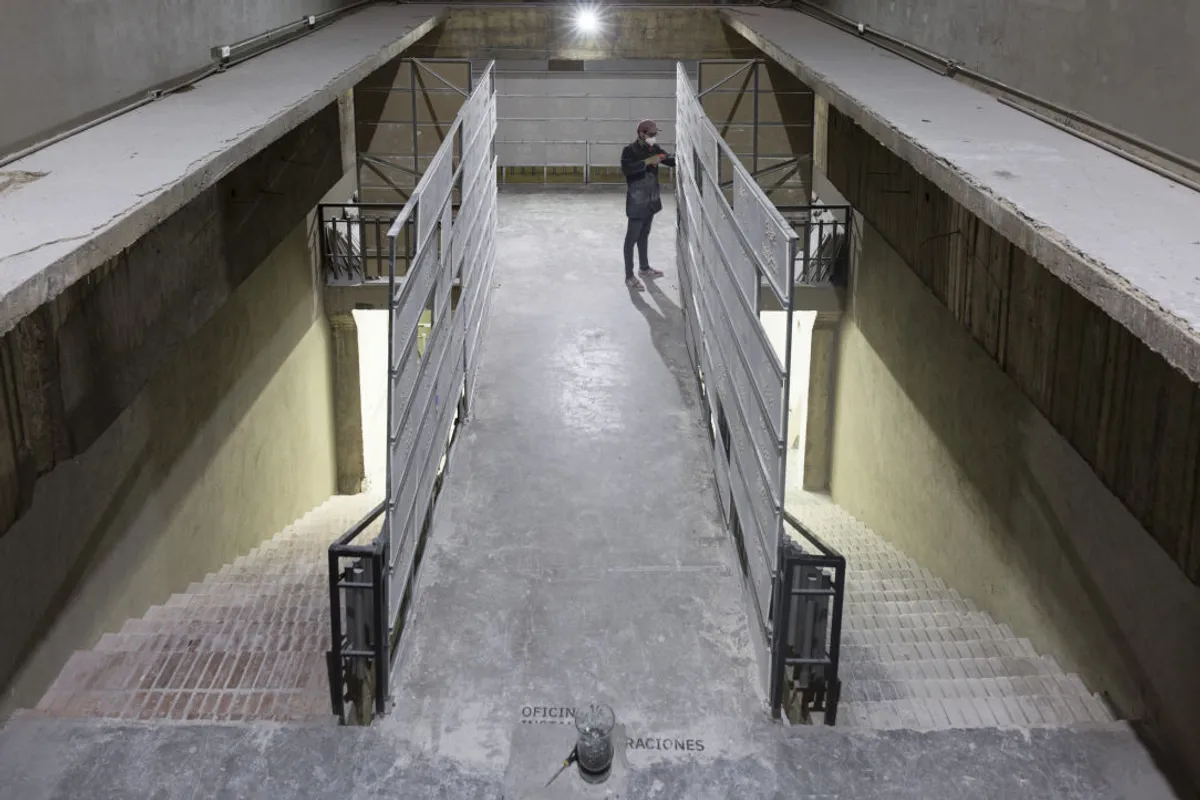
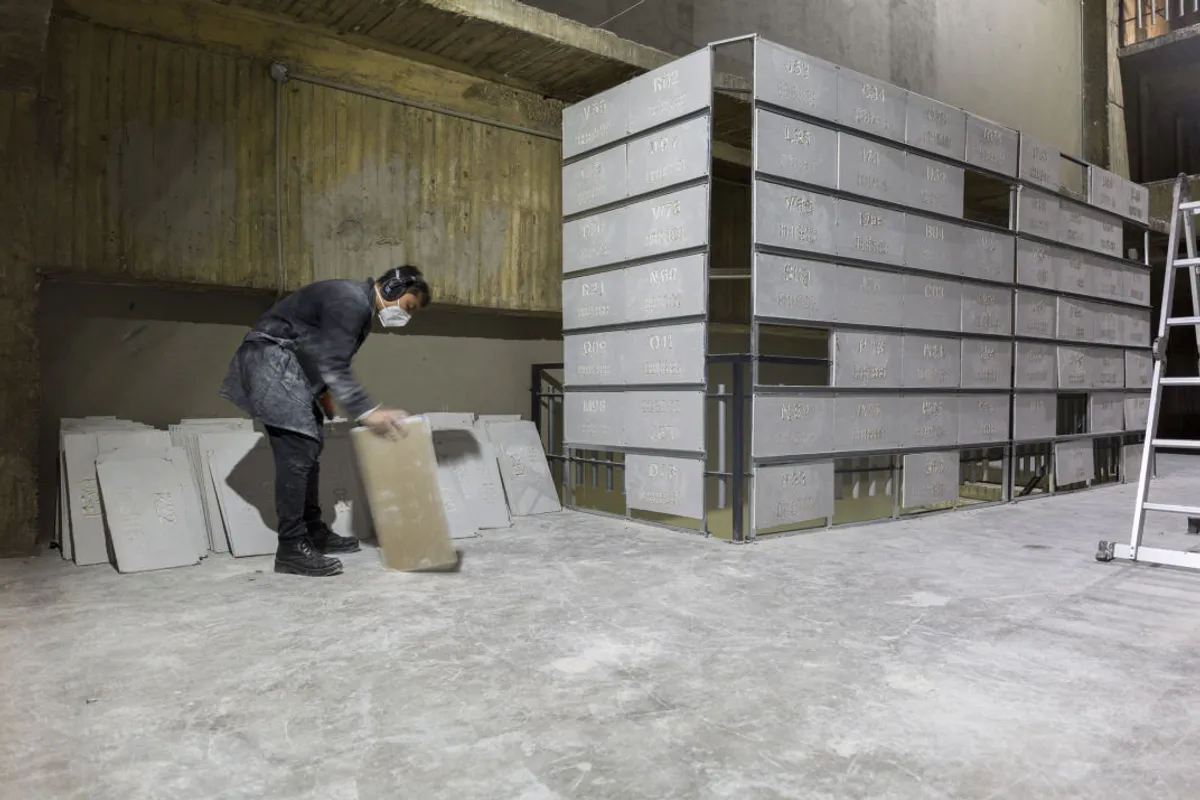
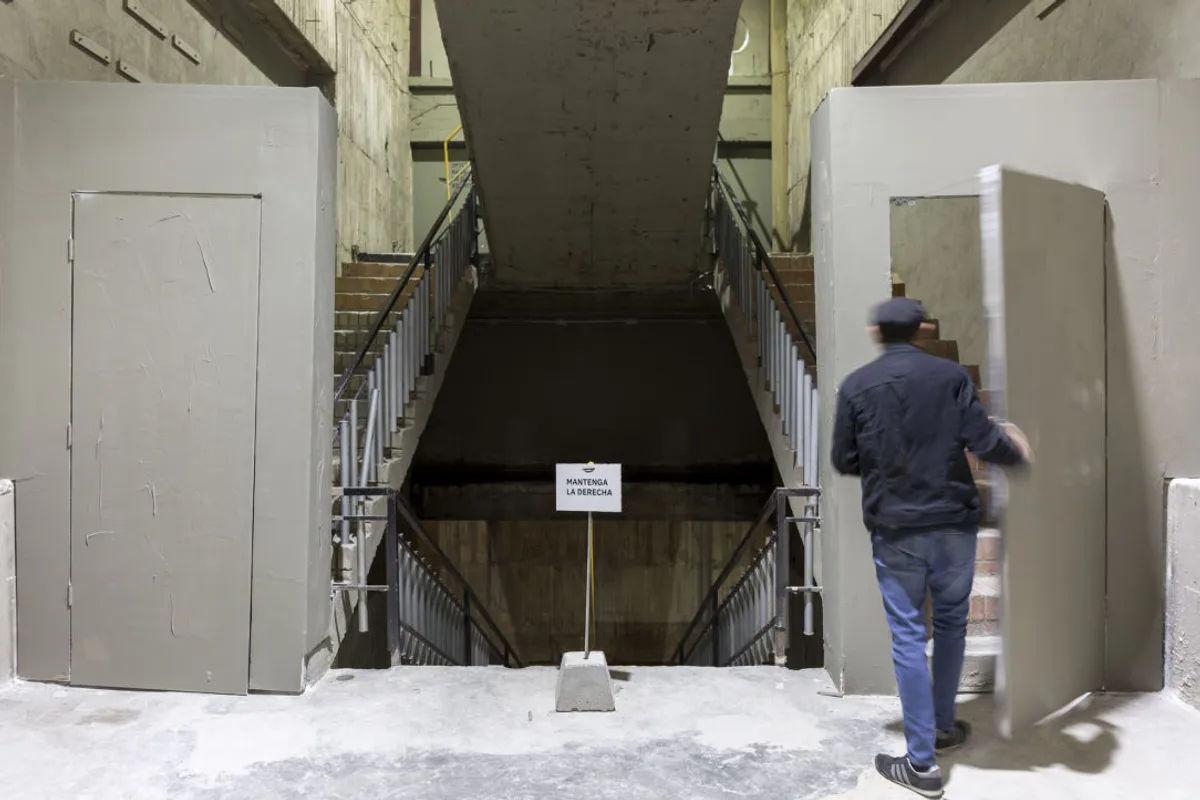
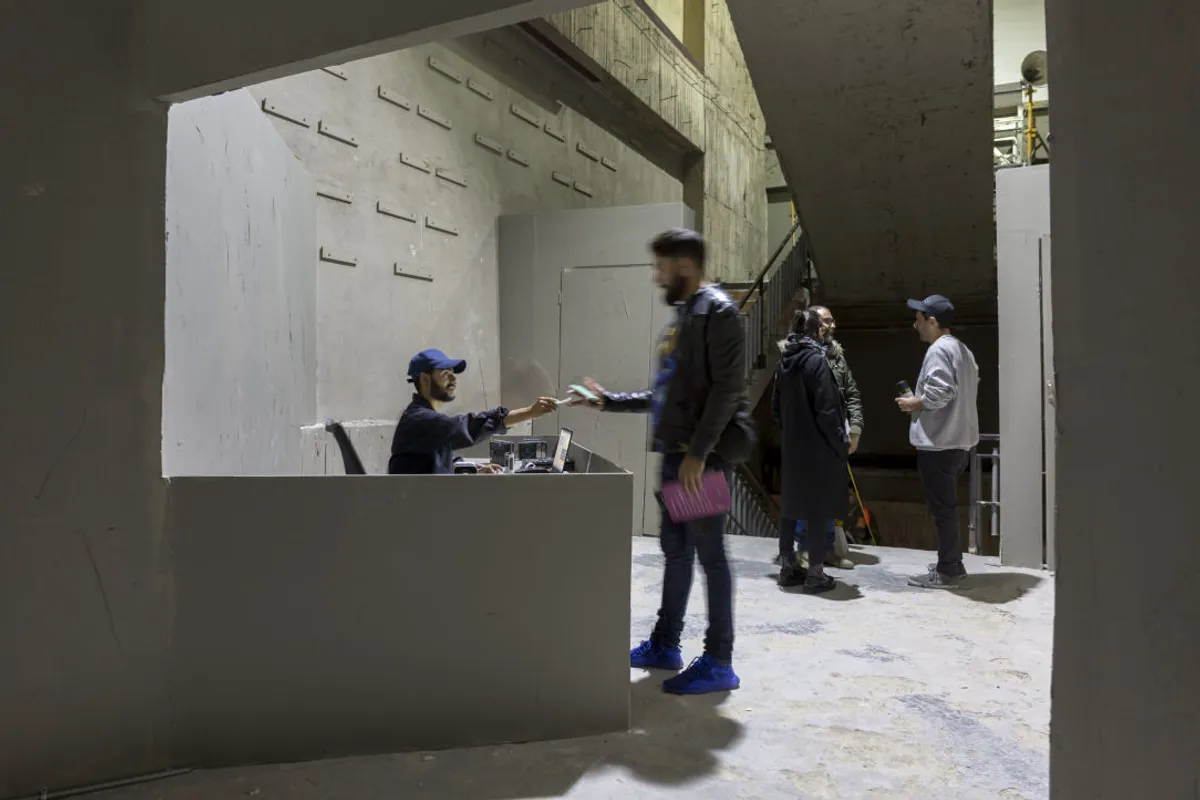
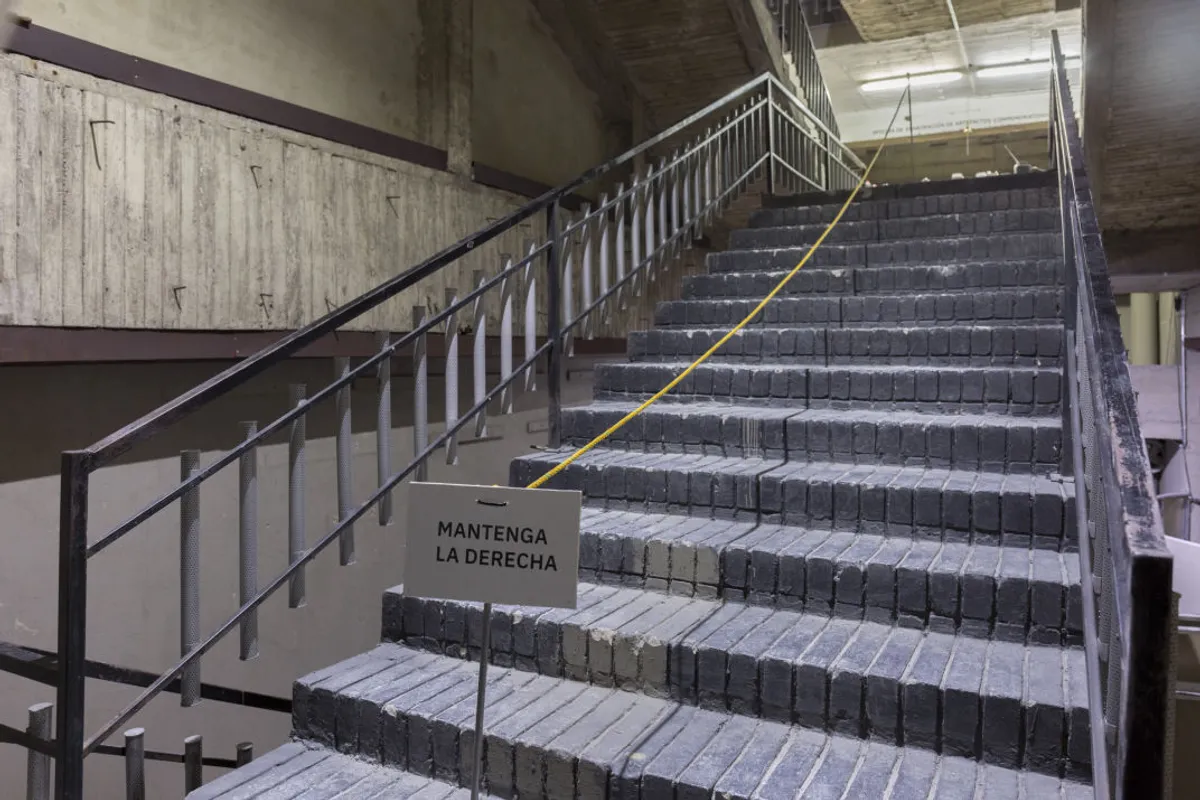
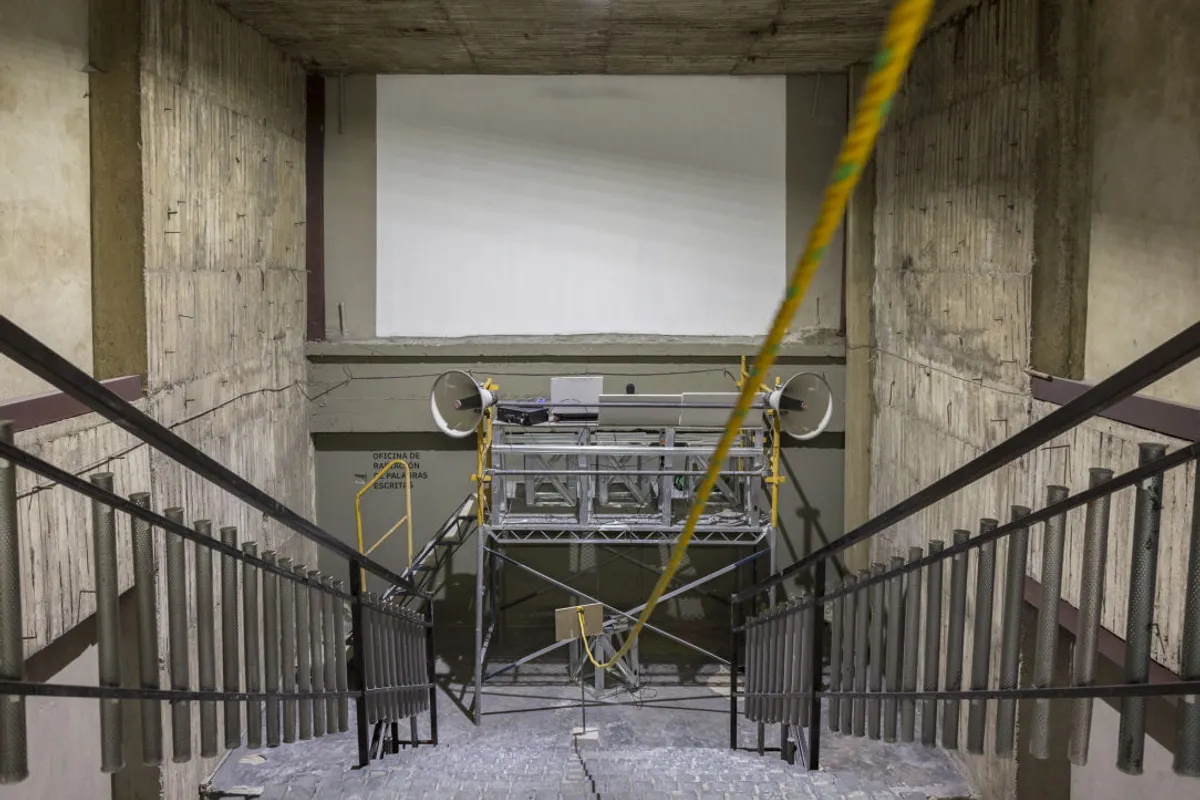

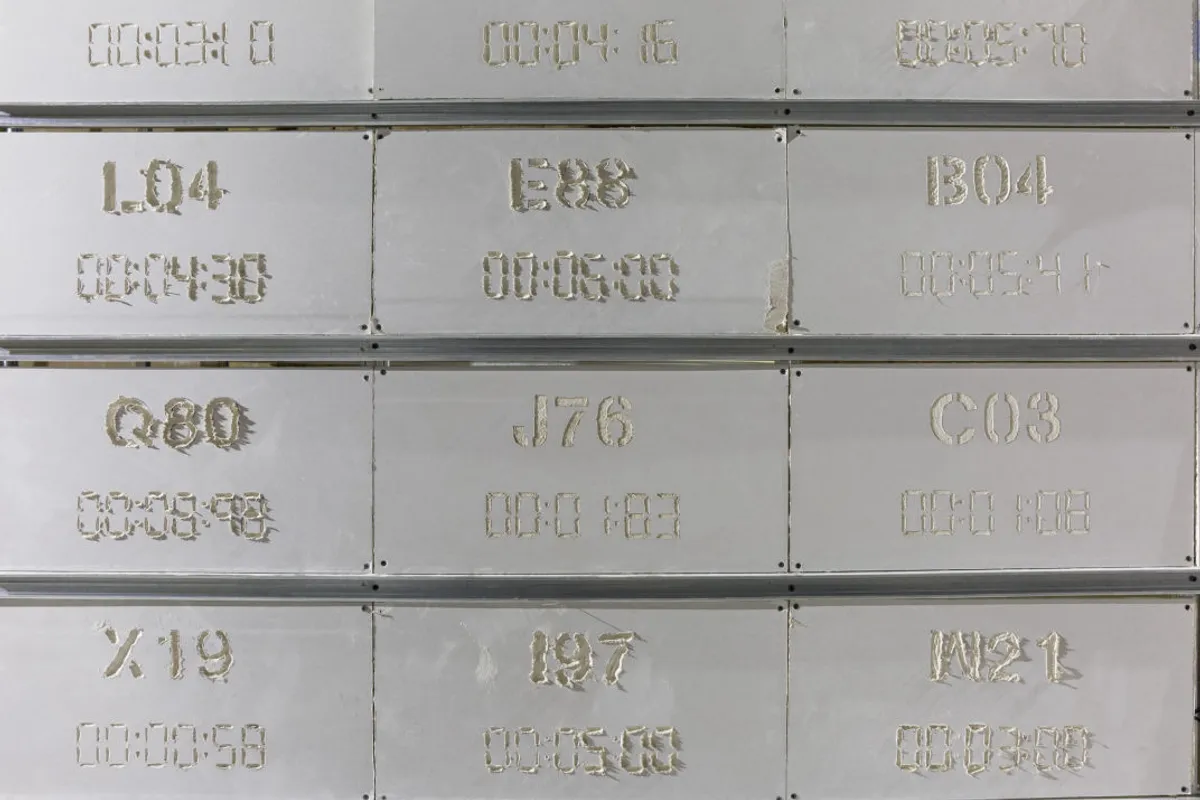
Un tornillo se precipita hacia el suelo Trabajando horas extras en la noche Cae recto hacia abajo, con un leve ruido Que no llama la atención de nadie Justo igual que antes En una noche igual Una persona se precipitó hacia el suelo
Xu Lizhi
La obra que Gabriel Zea propone para esta edición del X Premio Luis Caballero, ha sido desarrollada a partir de la enredada historia del Monumento a los Héroes. Esta edificación, diseñada por el arquitecto fascista Angiolo Mazzoni, fue comisionada por Laureano Gómez en conmemoración a los soldados que habían perdido sus vidas en la guerra de Corea luchando contra el comunismo; sin embargo, la toma súbita del poder por el General Rojas Pinilla, truncó tanto los planes como la construcción del monumento, dejándolo en el limbo durante una década (1953 - 1963). El dictador colombiano tuvo seguramente alguna idea de qué hacer a propósito de esta edificación, pero poco se sabe de sus intenciones ya que no quedó registro histórico alguno. Fue finalmente Guillermo León Valencia quien inauguró un fragmento de la construcción que alguna vez se proyectó, dedicándola definitivamente al amplio denominativo de “héroes de la patria” mientras que hacía aterrizar a sus puertas una originalísima escultura de Bolivar sobre su caballo. Durante la década de abandono e incertidumbre del monumento, los ingenieros que estaban de algún modo involucrados en tratar de llevar a término los planes que Rojas Pinilla tenía para este enorme rectángulo, lo apodaron sarcásticamente “Monumento al tornillo desconocido”. Muchos años después, del otro lado del mundo, un trabajador de Foxcon de nombre Xu Lizhi escribe el poema que abre este texto, antes de saltar del edificio de viviendas de la fábrica. El proyecto de Zea, que fue desarrollado como una obra de sitio específico que ocupará el Monumento de los Héroes, toma prestado el título de este poema para crear una instalación que propone al público un recorrido inmersivo a través de cuatro oficinas: 1. Oficina de captación del tiempo del otro 2. Oficina de radiación de palabras escritas 3. Oficina de elaboración de artefactos conmemorativos ornamentales 4. Oficina de instalación de conmemoraciones Se trata de una propuesta transdisciplinar en la que el espacio será transformado para la construcción de una vivencia estética y performativa que nos hará enfrentarnos con la experiencia de la burocracia y la alienación propias a las condiciones de trabajo bajo el modelo capitalista moderno. La situación entre nostálgica y agobiante, invita a pensar sobre las formas de lucha del mundo del trabajo que se transforman fácilmente en mecanismos tan opresores como esos “otros” a los que intentan denunciar, anquilosados en realidades y relaciones de poder anticuadas, incapaces de seguir el ritmo devorador de singularidades del capitalismo global.
María Adelaida Samper
Curaduría María: Adelaida Samper
Performers: Gabriel Quevedo Barreto, William Fernando Martínez, Damian Hernández, Yeli Acosta Hurtado
Registro: Sebastián Cruz
A screw plunges to the ground Working overtime at night It falls straight down, with a slight noise Which attracts no one's attention Just the same as before On a night just the same A person rushed to the ground
Xu Lizhi
The work that Gabriel Zea proposes for this edition of the X Luis Caballero Award has been developed from the tangled history of the Monument to the Heroes. This building, designed by the fascist architect Angiolo Mazzoni, was commissioned by Laureano Gómez to commemorate the soldiers who had lost their lives in the Korean War fighting against communism; however, the sudden seizure of power by General Rojas Pinilla truncated both the plans and the construction of the monument, leaving it in limbo for a decade (1953-1963). The Colombian dictator surely had some idea of what to do about this building, but little is known of his intentions since no historical record was left. It was finally Guillermo León Valencia who inaugurated a fragment of the once projected construction, dedicating it definitively to the broad denomination of "heroes of the homeland" while landing at its gates a highly original sculpture of Bolivar on his horse. During the decade of abandonment and uncertainty of the monument, the engineers who were somehow involved in trying to carry out the plans that Rojas Pinilla had for this huge rectangle, sarcastically nicknamed it "Monument to the unknown screw". Many years later, on the other side of the world, a Foxcon worker named Xu Lizhi writes the poem that opens this text, before jumping off the factory's housing building. Zea's project, which was developed as a site-specific work that will occupy the Heroes Monument, borrows the title of this poem to create an installation that proposes to the public an immersive journey through four offices: 1. Office of capturing each other's time 2. Office of radiation of written words 3. Office of elaboration of ornamental commemorative artifacts 4. Office of installation of commemorations This is a transdisciplinary proposal in which the space will be transformed for the construction of an aesthetic and performative experience that will make us confront the experience of bureaucracy and alienation inherent to the working conditions under the modern capitalist model. The nostalgic and oppressive situation invites us to think about the forms of struggle in the world of work that are easily transformed into mechanisms as oppressive as those "others" they try to denounce, stuck in outdated realities and power relations, unable to keep up with the devouring rhythm of singularities of global capitalism.
María Adelaida Samper